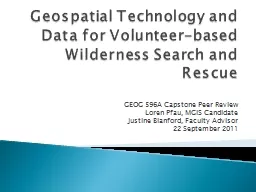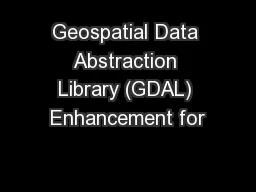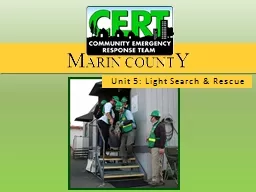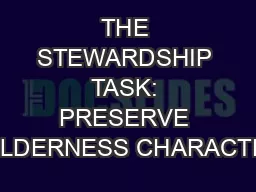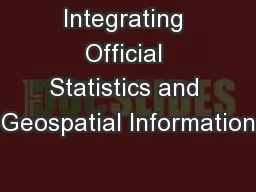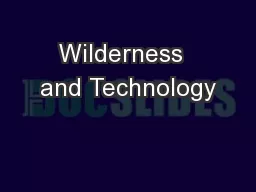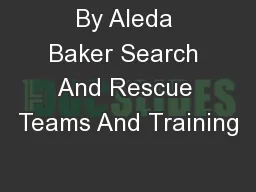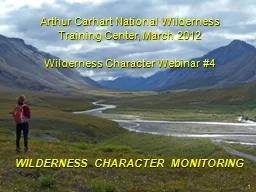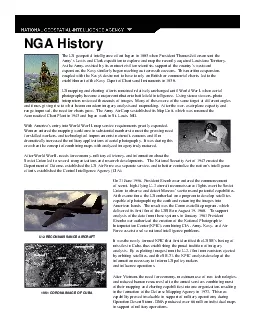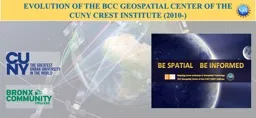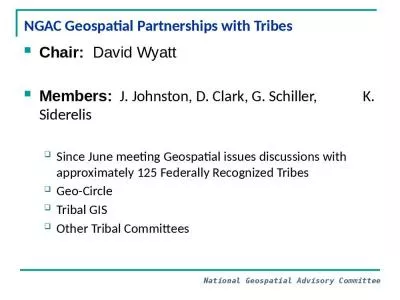PPT-Geospatial Technology and Data for Volunteer-based Wilderness Search and Rescue
Author : lois-ondreau | Published Date : 2018-10-06
GEOG 596A Capstone Peer Review Loren Pfau MGIS Candidate Justine Blanford Faculty Advisor 22 September 2011 Introduction Objective Methodology Timeline Acknowledgements
Presentation Embed Code
Download Presentation
Download Presentation The PPT/PDF document "Geospatial Technology and Data for Volun..." is the property of its rightful owner. Permission is granted to download and print the materials on this website for personal, non-commercial use only, and to display it on your personal computer provided you do not modify the materials and that you retain all copyright notices contained in the materials. By downloading content from our website, you accept the terms of this agreement.
Geospatial Technology and Data for Volunteer-based Wilderness Search and Rescue: Transcript
Download Rules Of Document
"Geospatial Technology and Data for Volunteer-based Wilderness Search and Rescue"The content belongs to its owner. You may download and print it for personal use, without modification, and keep all copyright notices. By downloading, you agree to these terms.
Related Documents

